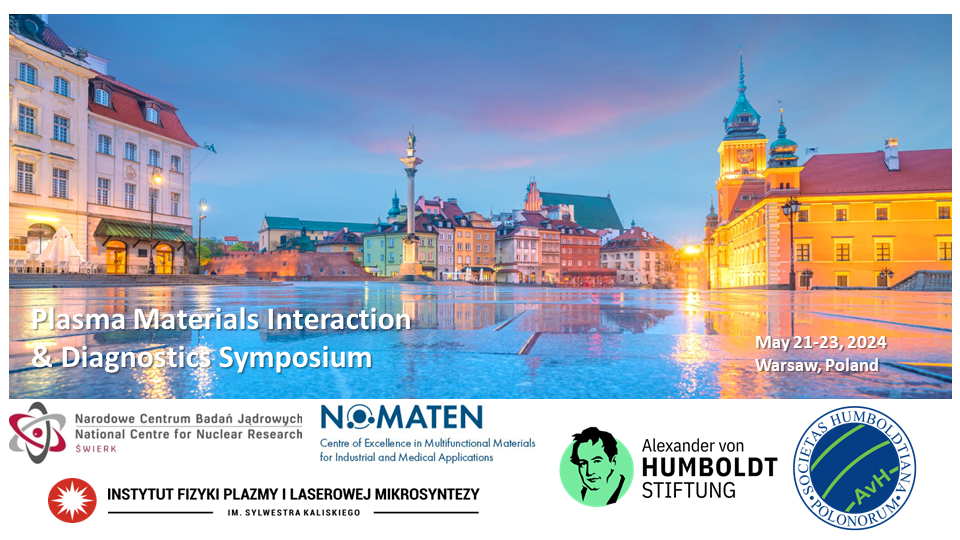Speaker
Description
Nanocatalysts created through plasma deposition, due to their thin-film structure and the ability to be deposited on structural supports, allow for creation of materials with a huge range of uses, with one of the most interesting being catalysts for CO2 hydrogenation to CH4 or CO. Through usage of various materials and deposition parameters, catalytic properties can vary drastically in terms of selectivity of product and its yield. The catalysts can also potentially acquire unique properties because of their original nanostructure [1,2].
Synthesis of such materials is mainly a one-step process in which a volatile metal-organic precursor, along with a carrier gas, is supplied into a reaction chamber where cold plasma discharge is taking place, splitting the precursor molecules into reactive fragments like ions and radicals. These reactive species can react with each other, subsequently leading to the gradual growth of amorphous material on the substrate. The composition of these films, consisting of carbon, oxygen, and the metal atoms, depends on the chosen precursor [3].
Thin-film catalysts prepared using dicarbonylcyclopentadienyl cobalt CpCo(CO)2, tungsten hexacarbonyl W(CO)6, and iron pentacarbonyl Fe(CO)5 precursors were synthesized through cold plasma deposition and then calcinated in an argon atmosphere to transform from the amorphous to the crystalline phase of the respective metal oxide embedded in a carbon matrix. The plasma-deposited catalysts were compared in terms of chemical composition, surface morphology and nanostructure studied using X-ray photoelectron spectroscopy (XPS), scanning electron microscopy (SEM) and X-ray diffraction (XRD). Additionally, their catalytic activity and selectivity towards CH4 and CO were evaluated.
XPS analysis revealed that the composition of the plasma-deposited films does not directly reflect the elemental ratio present in the precursor molecules. SEM analysis showed that each material has a well-defined surface characterized by globular formations composing of respective metal oxide nanoparticles embedded in a carbon matrix. The catalytic performance in CO2 hydrogenation varies among the thin-film catalysts, with CoOx being the most active and highly selective towards CH4. FeOx and WOx-based films demonstrate lower activity and selectivity almost entirely towards CO. The results show that plasma-deposited nanocatalysts hold promise for efficient CO2 hydrogenation, with the plasma method providing a great opportunity to further tailor the composition and nanostructure of thin films by varying the synthesis parameters.
1.J. Tyczkowski, Plasma Science and Technology—Progress in Physical States and Chemical Reactions, 2016, 53-93.
2.Z. Wang, et al., ACS Catal, 2018, 8, 2093-2110.
3.H. Kierzkowska-Pawlak, et al., Catalysts, 2021, 11, 883.

